Deal upgrade to modernise ASEAN trade with Down Under
This year is expected to see the signing of a second protocol to amend the agreement establishing the ASEAN-Australia-New Zealand Free Trade Area (AANZFTA) to achieve tangible benefits from the upgraded version.
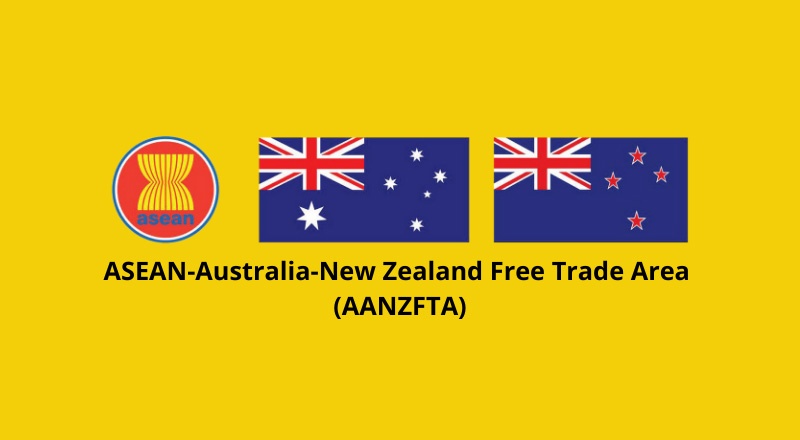 |
| ASEAN-Australia-New Zealand Free Trade Area (AANZFTA), source: aanzfta.asean.org |
The pact was signed in 2009 and took effect in 2010, and was first upgraded in 2015. It covers an area with a population of over 650 million people and over $4.5 trillion in combined GDP. The agreement is ASEAN’s highest quality FTA in terms of opening market access to trade in goods.
“The upgraded AANZFTA would open up new opportunities as parties to the agreement have ensured it remains of high quality, responsive towards emerging challenges, takes into account modern trade practices, and remains commercially meaningful to businesses in the region. We therefore looked forward to the signing of the second protocol in 2023,” read a statement by the chair of the 32nd ASEAN Coordinating Council Meeting and ASEAN Foreign Ministers’ Retreat in Indonesia on February 4.
According to the Australian Department of Foreign Affairs and Trade (DFAT), the upgrade of AANZFTA will ensure it continues to support the needs of businesses and consumers and will further underpin trade and investment in the most dynamic region in the world.
“The upgraded agreement will deliver a range of value-added elements, including new chapters and provisions on micro, small, and medium-sized enterprises (MSMEs), trade and sustainable development, and education services,” the DFAT said. “The value-added elements will also cover enhanced provisions on e-commerce, competition, customs procedures and trade facilitation, trade in goods, rules of origin, trade in services, and investment.”
The upgraded deal will support our service suppliers, goods exporters and investors to grow their reach into ASEAN and accelerate trade diversification. It will foster greater commercial linkages and drive cooperation, it continued.
Last December, the parties involved concluded negotiations on upgrading the AANZFTA and it is set to be officially signed in early 2023. By upgrading the pact, the 13 participating countries hoped to boost growth, facilitate trade, make supply chains more resilient, and encourage sustainable development.
According to the ASEAN Secretariat, businesses benefit from the upgrade via improved transparency solutions; lower costs and time for exports and imports; use of technological solutions for trade; cooperation in digital technology, sustainable development, and education services; increased participation of MSMEs in economic activities, including government procurement; and smoother flow of essential goods during periods of crises.
Trade between ASEAN, Australia, and New Zealand has remained robust. In 2021, the total goods trade between ASEAN and Australia reached $81.6 billion, up 49 per cent on-year that is higher than pre-pandemic rates.
Two-way trade between Vietnam and Australia enjoyed a record on-year growth of 26.91 per cent to $15.7 billion in 2022, according to the Vietnam Trade Office in Australia. Vietnam’s export turnover to Australia last year expanded 26.18 per cent on-year to $5.55 billion while its imports were valued at $10.14 billion, an increase of 27.31 per cent.
Meanwhile, goods trade between ASEAN and New Zealand in 2021 fetched $11 billion, up 22.5 per cent on-year. The Vietnam-New Zealand bilateral trade turnover last year hit over $1.4 billion, up over 20 per cent on-year, according to the Vietnamese Ministry of Industry and Trade.
In 2021, foreign direct investment flows from Australia and New Zealand to ASEAN stood at $589 million. As of January 20, 2023, Vietnam was home to nearly $2 billion in registered capital for 584 Australian projects, and $210.6 million in registered capital for 51 New Zealand projects.
During the official visit by Vietnamese National Assembly Chairman Vuong Dinh Hue to Australia and New Zealand last December, he stated that Vietnam and these two nations will be able to raise their trade and investment thanks to the new version of the AANZFTA and the entry into force of the Comprehensive and Progressive Agreement for Trans-Pacific Partnership and Regional Comprehensive Economic Partnership, to which Vietnam, Australia, and New Zealand are members.
“Even amid the hardships, the trade turnover between Vietnam and Australia in 2021 still increased by over 49 per cent on-year, amounting to $12.4 billion,” Chairman Hue said. “Both nations need to bolster economic and trade ties, and consider this the core and driver of the two countries’ strategic partnership. In this connection, we should step up liberalisation of trade and investment, and improve maritime and aviation infrastructure connectivity under bilateral, multilateral, and regional frameworks.”
The DFAT highlighted Vietnam on its website as an attractive to Australian investors. “Vietnam’s economy attracts strong domestic and foreign investment flows. Its rapid industrialisation, geographic proximity to rapidly growing economies, and embrace of trade liberalisation has led Vietnam to become one of the most trade intensive economies in the world.”
Australian investment is concentrated mainly in manufacturing and processing industries; food services; agriculture, forestry and fisheries.
Meanwhile, Vietnam is also expected to amplify its trade and investment ties with New Zealand. “Vietnam and New Zealand have favourable conditions to increase economic ties as both are members of key new-generation FTAs,” Chairman Hue stressed.
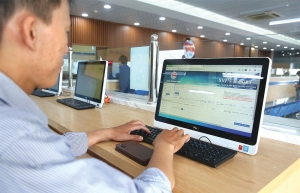 | Digital bonanza in sights for ASEAN To promote trade and investment ties, ASEAN member states will continue strengthening the bloc’s efforts to go digital on the back of its great potential, with Vietnam boosting the application of digital technologies and administrative reforms to facilitate businesses and investors. |
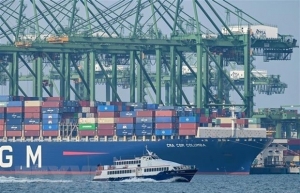 | IMF lowers economic growth forecast for ASEAN region Singapore and other Southeast Asian Nations (ASEAN) economies are seeing downgrades to their 2023 growth outlooks because slowing global growth will outweigh the positive impact from China's economic reopening, International Monetary Fund (IMF) chief economist Pierre-Olivier Gourinchas said on January 31. |
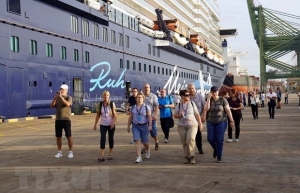 | Vietnam attends ASEAN+3 Tourism Ministers Meeting A Vietnamese delegation led by Deputy Minister of Culture, Sports and Tourism Doan Van Viet attended the 22nd ASEAN Plus Three Tourism Ministers Meeting in Indonesia’s Yogyakarta city on February 4. |
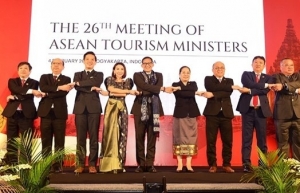 | Vietnam calls for ASEAN cooperation to spur tourism development Deputy Minister of Culture, Sports and Tourism Doan Van Viet has called on other ASEAN member countries to support and cooperate with each other in tourism development. |
What the stars mean:
★ Poor ★ ★ Promising ★★★ Good ★★★★ Very good ★★★★★ Exceptional
Related Contents
Latest News
More News
- 72 nations sign landmark Hanoi cybercrime convention (October 26, 2025 | 18:00)
- UN Secretary-General commends Vietnam’s global leadership (October 26, 2025 | 09:00)
- APEC finance ministers convene to tackle regional challenges (October 22, 2025 | 17:31)
- Rewiring global trade: ASEAN’s rise as supply chain hub (October 17, 2025 | 11:40)
- Vietnam attends first World Nuclear Week Forum in Russia (September 26, 2025 | 10:50)
- Vietnam attends 69th session of IAEA General Conference (September 16, 2025 | 10:00)
- ADB, WB pledge over 12 billion USD for ASEAN power grid, renewable energy projects (August 15, 2025 | 14:18)
- Lowy Institute proposes AI-based tobacco control solutions for ASEAN (August 15, 2025 | 14:14)
- Cloud computing policy to position Malaysia as regional hub by 2030 (August 15, 2025 | 14:11)
- Thailand, Cambodia suffer numerous cyber attacks (August 05, 2025 | 16:19)

 Tag:
Tag:




















 Mobile Version
Mobile Version